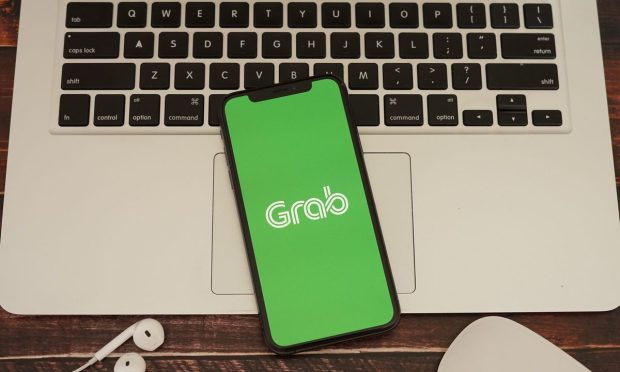Pandemic Concerns Could Dampen Wall Street Enthusiasm for Grab IPO

Grab is going public on Thursday (Dec. 2), and we’ll see what the appetite is here in the U.S. for the super-app that is focused (for now) on Southeast Asia — and, by extension, platforms that offer a broadening array of services.
Grab will list on the tech-heavy Nasdaq exchange after its special purpose acquisition company (SPAC) merger with Altimeter Growth Corp. is consummated.
Read also: Grab Readies for Dec. 2 Nasdaq Opening
And delving into the company’s prospectus filed with the Securities and Exchange Commission, the company projects that its GMV will surge from an estimated $16.7 billion in 2021 to as much as $34.2 billion in 2023.
That growth would come in tandem with some favorable broader market and economic trends.
In the prospectus, the firms noted that Southeast Asia is among the fastest growing economies in the world, growing more quickly than China and the United States, and is poised to become the world’s sixth largest economy as measured by GDP 2030. At the same time, disposable income is slated to grow by 8.2%, compounded annually, through 2025.
As for the readiness, and ability, to live life more fully via app and tech device, the percentage of households with at least one smartphone in hand stands at 68%, and is on track to increase that penetration to 85% by 2025.
In reference to its core businesses, the company said expenditures on “land mobility” in Southeast Asia are growing by a bit more than 9%, compounded annually, from the equivalent of $168 billion this year to as much as $231 billion four years from now. Online penetration of that market is only in the low single-digit percentage points, and, overall, ride hailing GMV (online) equates to $5.7 billion in 2021, growing to $19 billion in 2025.
And in a nod to where things are headed, Grab has noted that “the demand for financial services in Southeast Asia has been largely unmet, with a severe mismatch in demand and supply across fundamental services such as payments, transfers, savings, credit and insurance.”
Against that backdrop, cash payments remain the primary form of exchange between businesses and consumers, where last year, 80% of transactions were done in cash — simply because cashless payment options have not been, and are not, available. In the meantime, 40% of the population in the region remains unbanked or underbanked.
To be sure, the market opportunity is being noticed, and pursued, by direct competitors. In one example, earlier this year, Gojek finalized its acquisition of Tokopedia to form GoTo Group. GoTo is also on track for its own IPO, likely on local markets in Indonesia, as Reuters reported.
That combined firm is pursuing ride-hailing, delivery, and financial services in its own bid to build a super-app.
Some Pressures in Place
Drilling down into Grab’s financials, into the year that ended December 2020, GMV for the company increased a bit more than 1% to $12.5 billion (as measured against 2019), while the number of transacting users actually slumped a bit, to 24.5 million, off 16% year on year. The pandemic lingers, of course, and we would hazard to guess that the emergence of variants such as omicron may buffet the core businesses a while longer.
The latest spate of earnings, as released by Grab, show losses have been mounting, with top line pressures in place too. As we wrote in this space, while sales were down in the third quarter by 9% to $157 million, net losses, tied in part to non-cash charges, widened year over year to nearly $1 billion in the latest third quarter, up from the USD equivalent of $621 million last year. EBITDA, a rough measure of cash flow, saw losses of about $212 million from $128 million last year. Those downtrends came as major markets such as Vietnam remain hard hit by the continued pandemic. MTUs declined to 22.1 million versus 23.9 million in Q3 of last year — and, we note, down from the end of 2020.
Long-term ambitions, to be a seamless one-stop shop for a range of services, may indeed be realized, aided by the platform model. But in the near term, the uncertainty of COVID and various variants may prove a headwind to getting there.
Read here: Grab’s Q3 Results Show Bumpy Path to Super App Status as Asian Lockdowns Linger
